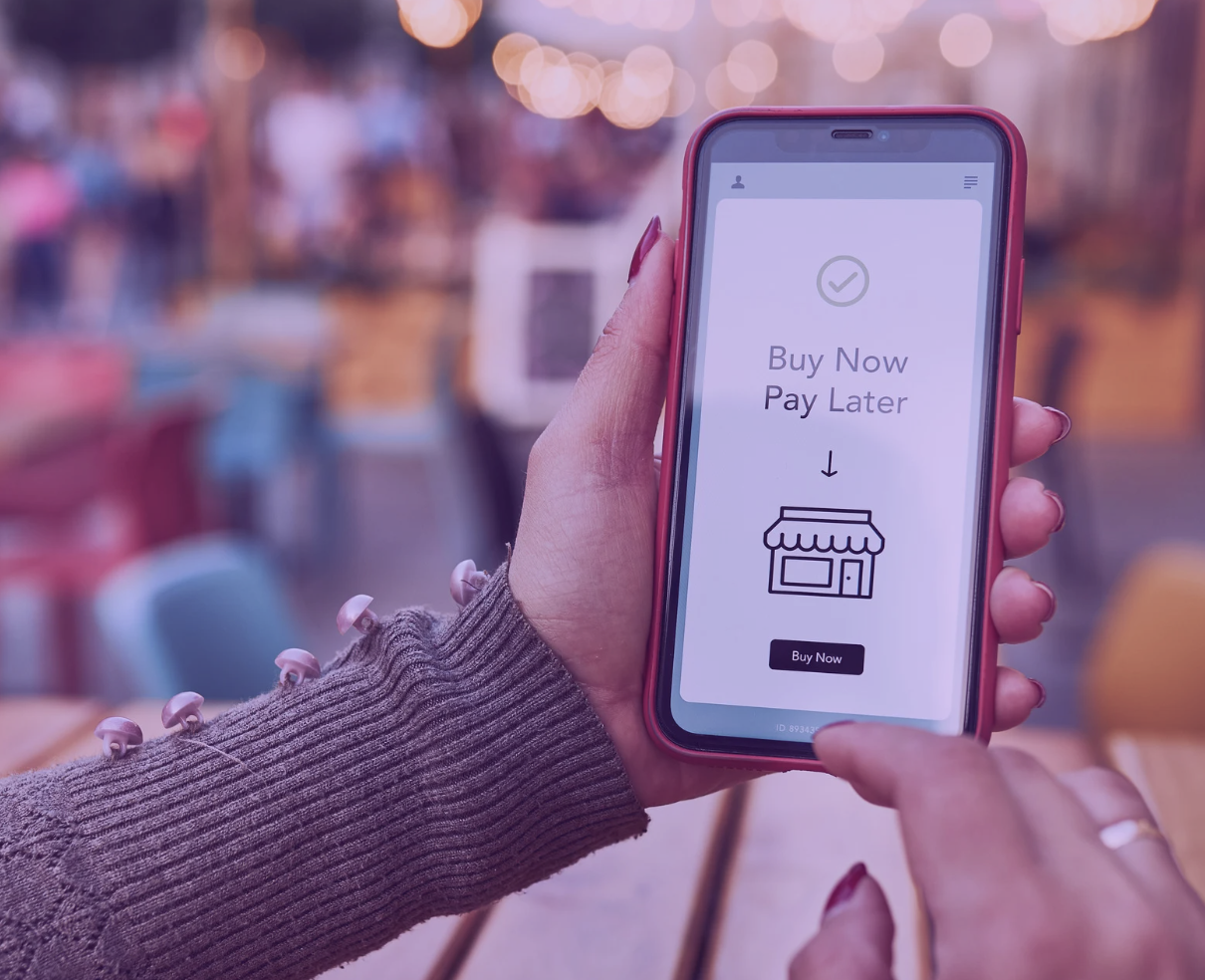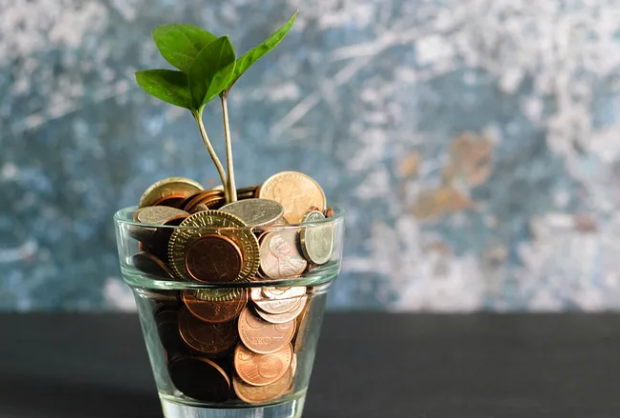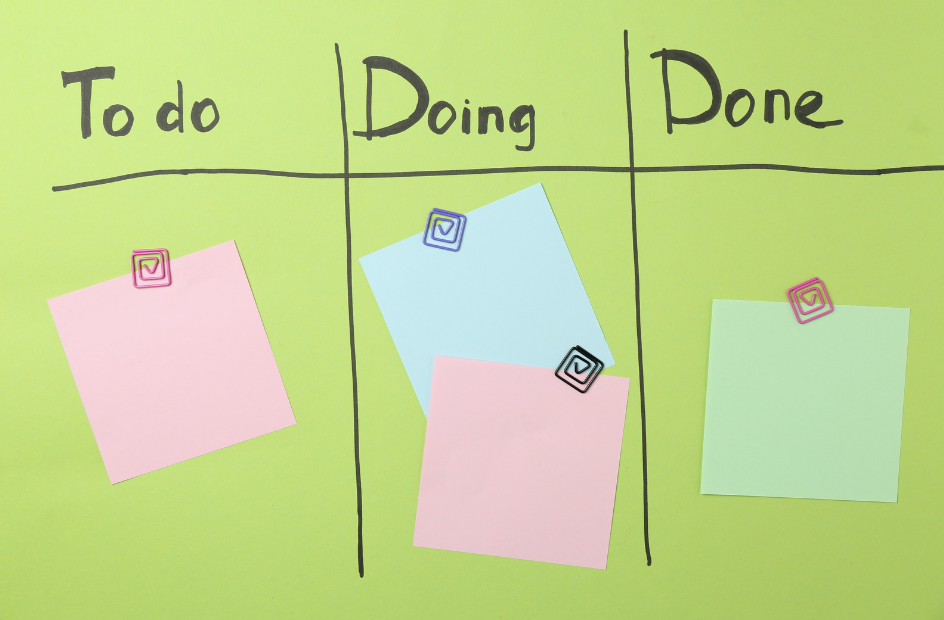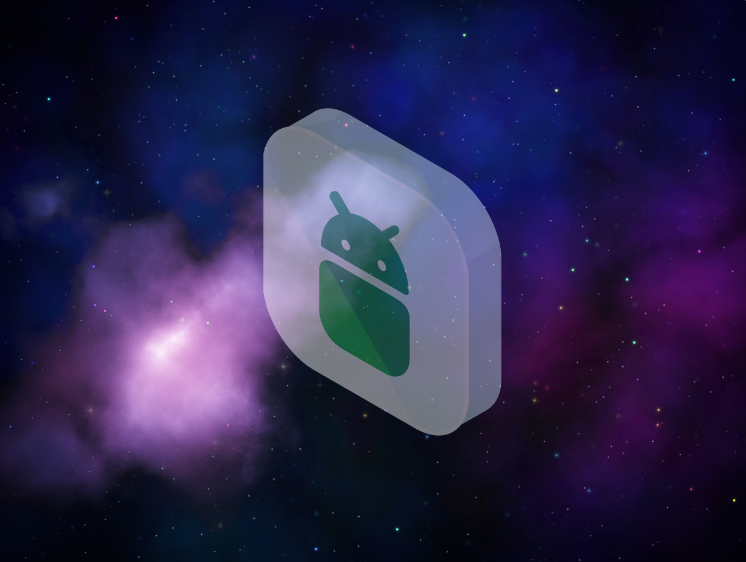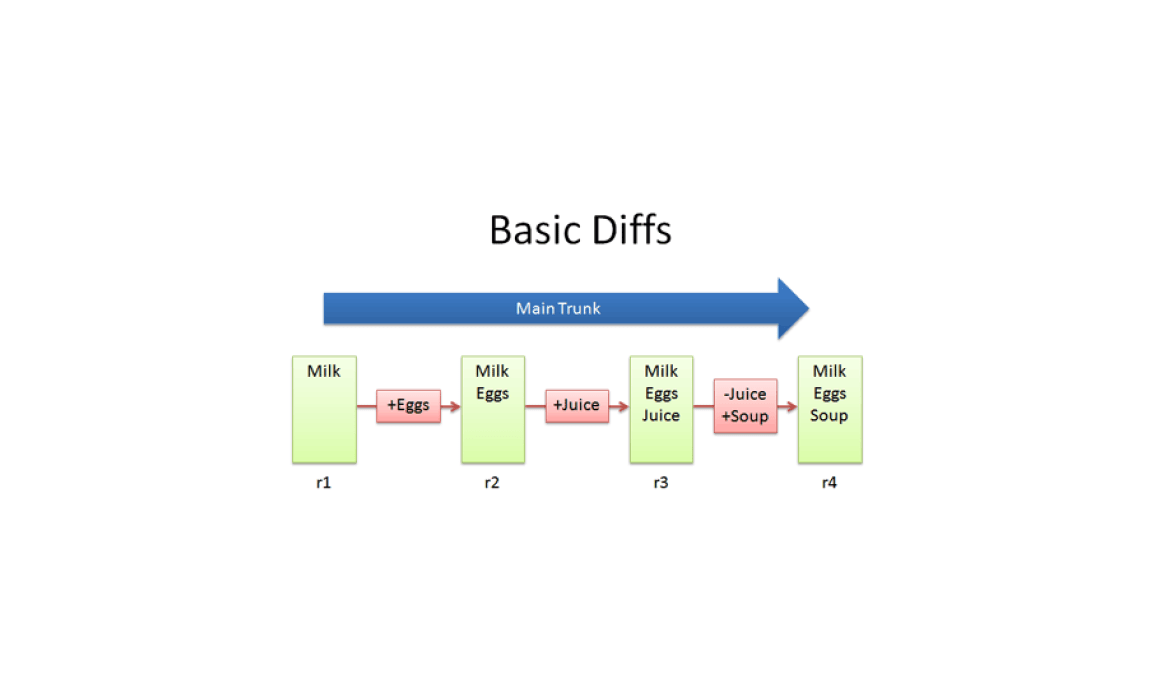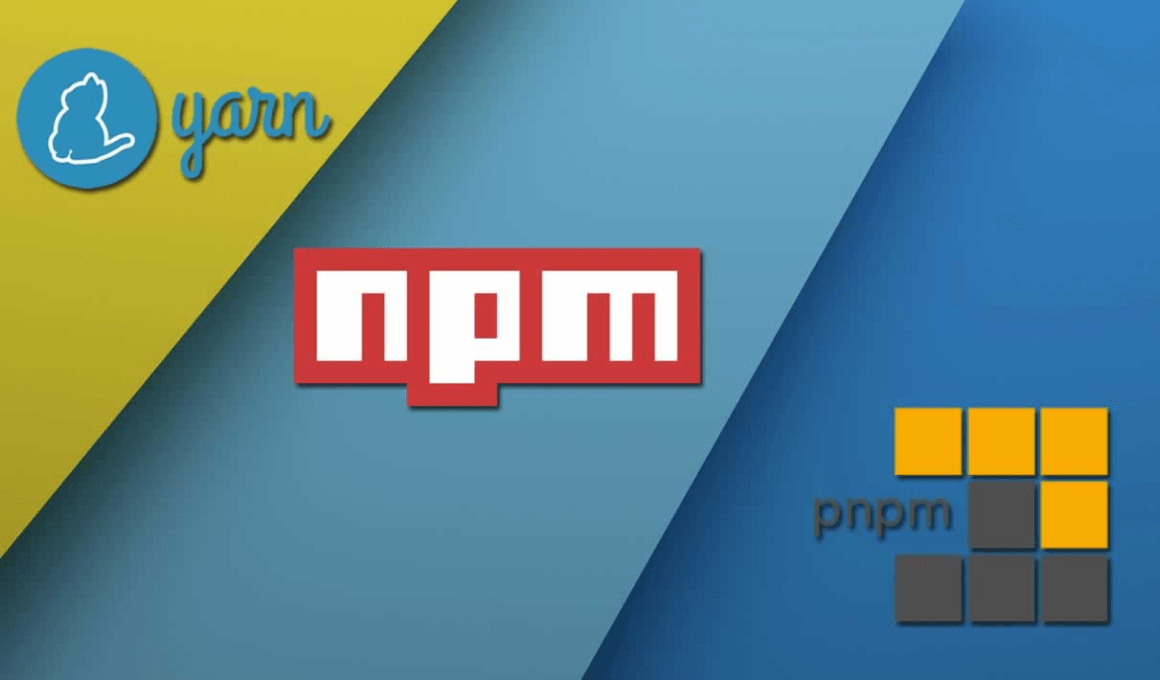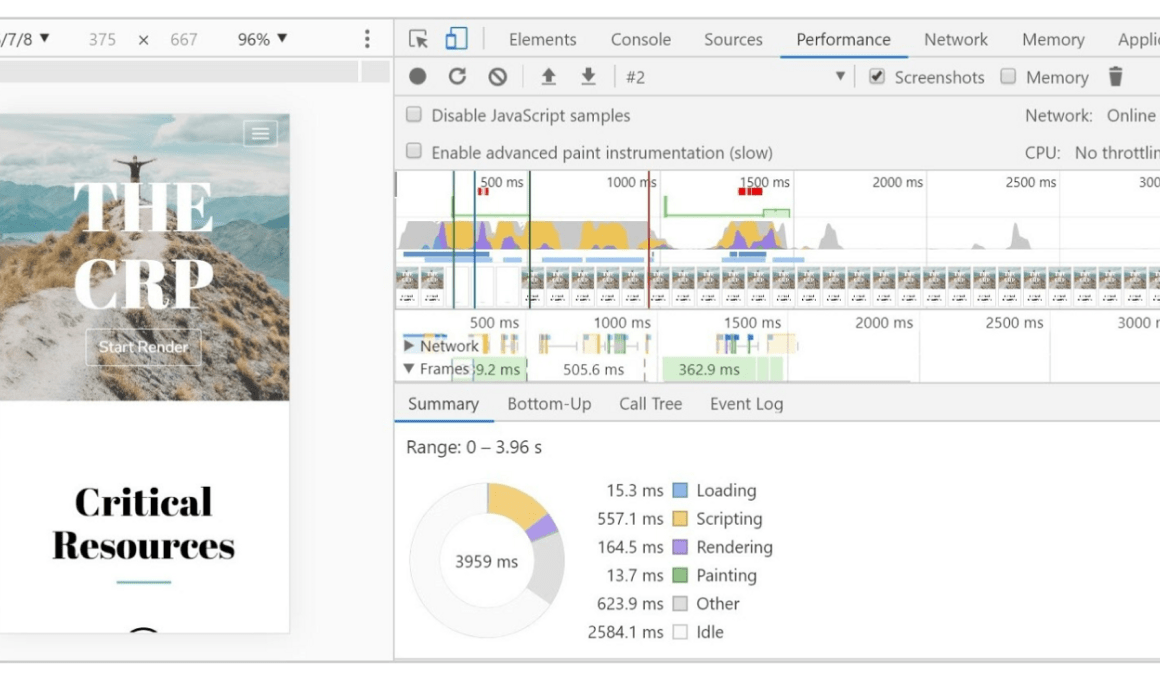Presentation Skills
How “NOT” to Make a Presentation?
May 30, 2022
Presentation about a topic/system/product etc. is not just putting some sentences on a slide with some picture and reading it. It is not checking your notes in every 5 words or not asking bunch of questions which you do not truly understand and just trying to get people into the presentation. It is about convincing people regarding what you are talking about, it is about making them curios for the topic, it is about making them want to learn more about it after the presentation. To be able to make such a presentation, there are several things that a person should pay attention to. Below are the things that a person should do and/or avoid during a presentation.
1. Let’s start!
The start of a presentation is very important to get the attention from the audience. If it is not necessary, do not start with who you are in much detail. If it is necessary, do not use more than 4–5 sentences. Let people know who you are during the presentation with cleverly placed notes and details. Instead of starting with “I have been working 5 years in … technology company as an analyst and it was really nice experience”, during the presentation, when the topic is on the matter of technology or experience, you can say “5 years as an analyst in a tech company was more surprising to me than I expected”. Instead of talking about yourself, you can tell an intriguing short story or topic-related attractive image that will get the attention of the audience.

2. Content
Content of the slides should not be long sentences with unnecessary details. If there are more details in the slides than in what you are saying, the attention of the audience will shift to reading the slides rather than listening to you because you already have the all the details in the slides. Use words or phrases that will give only a hint about what you are going to talk about next in slides, and audience will be more into listening to you. The images to support your slide should be carefully selected and not divert attention as well but also not far from the topic just to attract attention. There should be a logical connection between what you have on the screen and what you are talking about.

3. Format of the slides
The format of the slides is another important topic. Do not use many different and dazzling colors but use some different fonts and colors maybe to emphasize the most important ones in the slide. If everything is in different color or font size, it will cause only confusion.

4. Eye contact
It is nice to have prepared notes, but it is bad to read from them like a machine. You need to have eye contact with your audience and see their reaction to what you say. This is important to have concrete presentation so that you can build on your topic while making the presentation. If you do not know your audience’s reaction to a certain point you are making, you will not be able to build on that point further in the way you wanted. Keep eye contact with your audience and not only with one or two of them but rather all of them so they will understand that this is a presentation for all of them and they all should pay attention.

5. Weird sounds
Do not use “eehhm”, “ııımmm”, “aaaa” sound to remember what you will say next, or do not use such sounds to pause during the presentation. It is uncomfortable to hear these things and people will start to think that you are not familiar with the topic. It may start to irritate the audience after a while. You can pause for two seconds instead of making those noises.

6. Appearance
Make sure that the audience see both you and your slides on the stage. If only your slides are in the lights, it will be like a story with picture on the screen after a while, and people will lose attention and might even get sleepy. Too much dark is not your friend. You too should be in the light to get attention.
7. Tone
Use your voice effectively and emphasize main points you want to make in a different tone or level. The same level of voice throughout the presentation will start to bore people after a while. If you lose your audience once in the presentation it is hard to get their attention back. Do not lose them!

8. Ending
While concluding, somehow make people aware that this is going to be last part of the presentation and get their full attention so that they will remember after you are done. You do not have to take questions necessarily, but it is nice to give some time to the audience to ask questions or want you to clarify a point or give some feedbacks. If it is a time limited presentation, you should be done with presentation while %10–15 of your time remains for Q&A. In other words, use your time efficiently, and do not rush to finish the presentation. Make your plan beforehand, if the time is not enough, there are some things in the presentation which you should not have. Remove them! The ending should be perfect, what you told so far, what you have shown so far is to build on a topic so that your audience will remember the most important things about your presentation. Do not repeat what your already said in detail. Use short, effective, and phrased sentences to make remind your most important points. And if it is possible, leave them in curiosity to learn more about the topic in the end.

Author: Tayyip Adal







